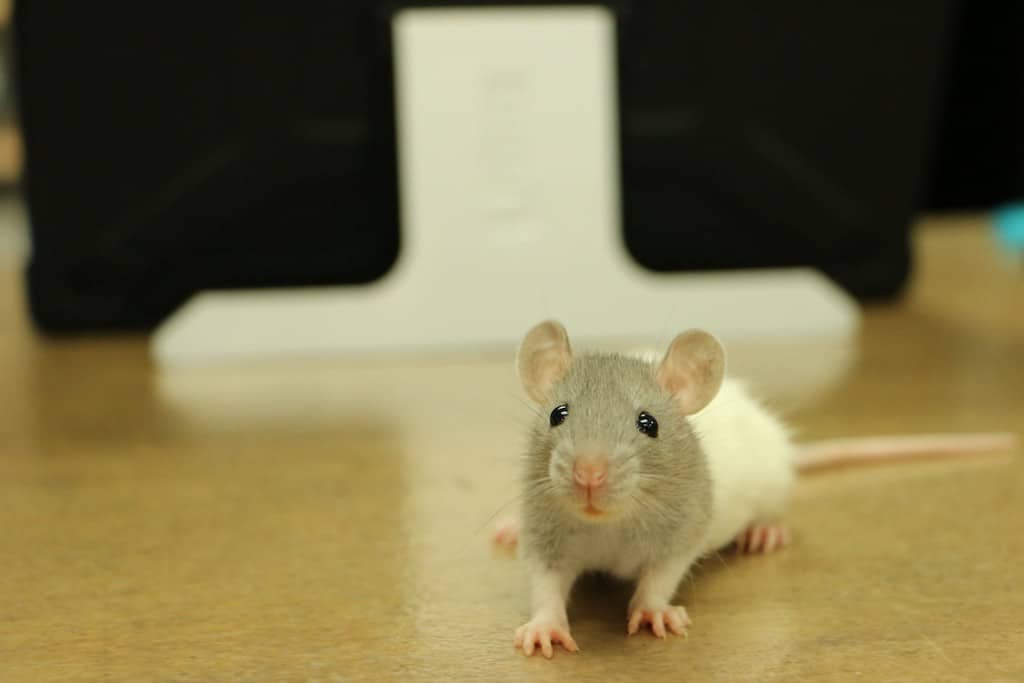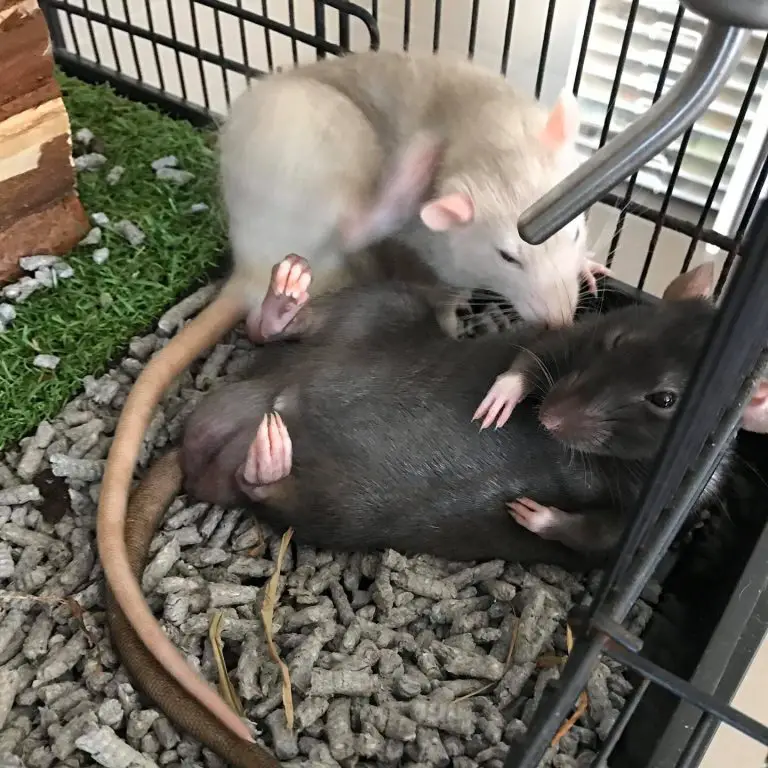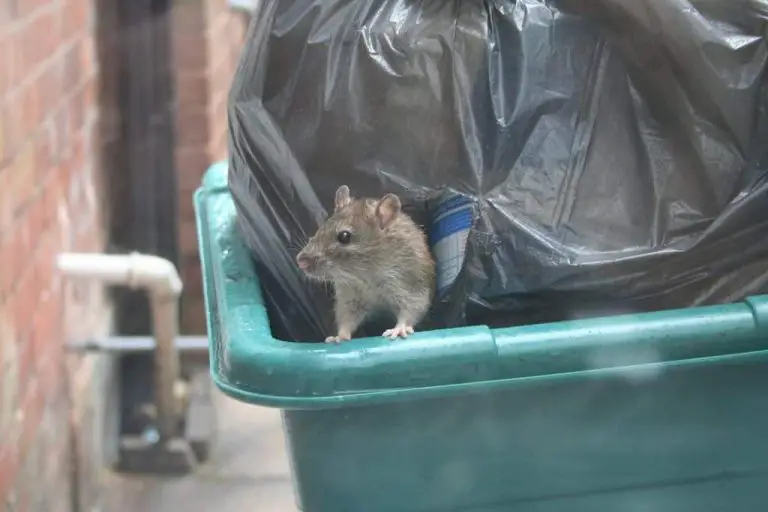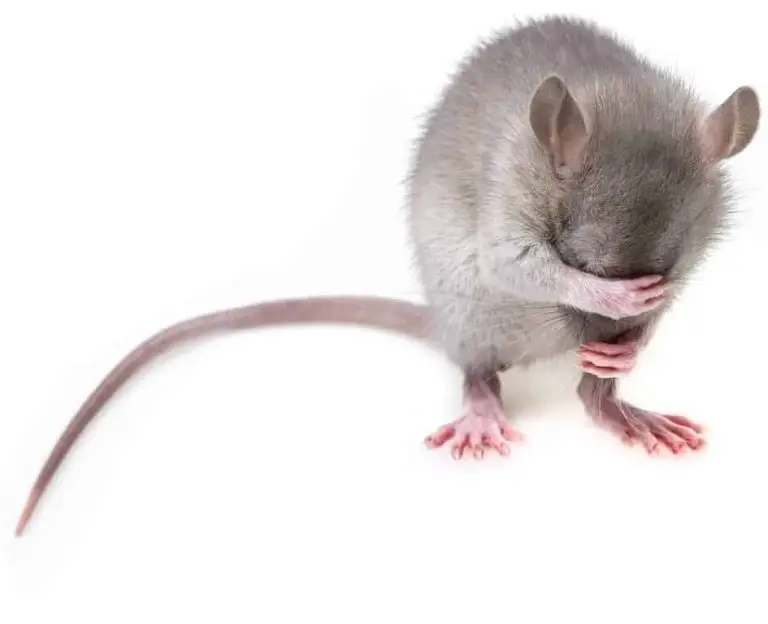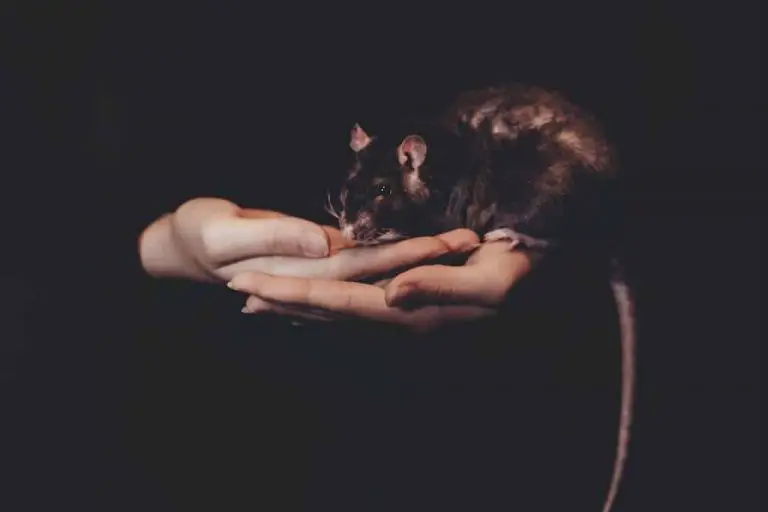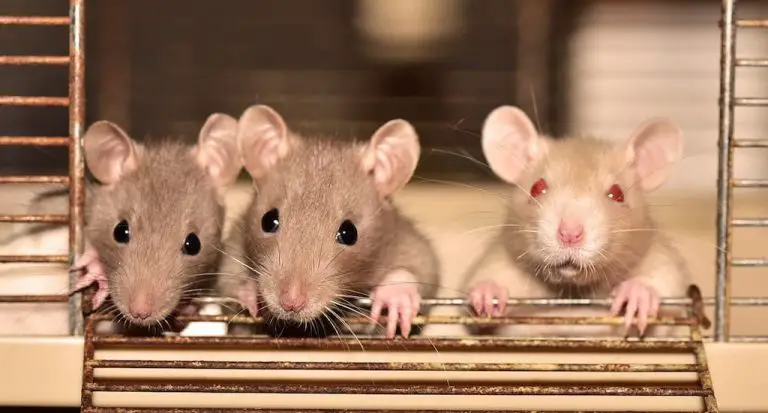How to Litter Box Train a Rat?
When I hear the phrase “litter box training,” the first animal that pops into my mind is unsurprisingly a cat considering they are the quintessential litter box users. However, I recently discovered that many small animals could use this relatively neat and easy to clean pet tool. The one that shocked me the most is the cat’s natural nemesis, the rat.
Once I learned rats could be trained to use the litter box, I immediately set out to teach my pets in hopes that they would pick up the new bathroom method quickly. And, to my astonishment, they did! Rats are highly intelligent rodents, and so, training them to use the litter box was an absolute breeze. But don’t just take my word for it. Here is the easy step-by-step process I used for training my rats to use the litter box. With consistency and practice, yours too can be litter box trained in mere days.
Purchase the Necessary Materials for Litter Training
Training any pet to perform a new trick or habit regularly can be a challenge, which is why the first thing I did when preparing for this process was purchase all of the materials necessary beforehand.
To ensure the litter training of my rats was as smooth and simple as possible, I purchased:
- Litter box(es) (number depends on how many pet rats there are)
- One pee rock per litter box
- Litter
- Rat friendly treats
I was certainly unfamiliar with some of the materials on this list, which is why I researched each of them thoroughly to guarantee they were necessary and helpful to my training. Below I have listed each of the materials listed above, why they are essential to a rat’s success in litter training, and a few helpful tips for choosing the right option for each.
Rat Litter Boxes
The first thing I needed to purchase when aiming to litter train my rats was at least one litter box.
I wasn’t sure if I would find a rat-friendly litter box anywhere, considering the only litter boxes I’ve ever seen were meant for larger animals, like cats. Thankfully, litter training rats isn’t uncommon for rat pet owners, so there is a decent array of litter box options I could choose from.
The optimal litter box for this kind of training was undoubtedly the corner litter boxes that could clip onto the sides of my rat’s cage. This is the box I recommend because the clips prevent any rats from picking up or shoving the litter box into a different location.
The goal with litter box training is to teach the rat that they are meant to urinate and defecate in one location, and so, them having the ability to move that desired location around will significantly inhibit their training as it further supports the idea that they can “go” wherever they want instead of in one chosen location.
Another reason why I recommend the corner litter boxes is because rats have a natural tendency to urinate or defecate in corners versus open spaces in the middle of the cage. Therefore, placing the litter box in a corner will make it easier for the process to become routine.
Since I own a couple of pet rats, I made sure to purchase multiple litter boxes I could place throughout the enclosure, so they had numerous options and weren’t all fighting over or marking the same litter box. I also made sure the litter trays were slightly larger than my rats, so the tray itself was spacious enough to hold them and prevent any accidental urination or defection outside of the tray.
Pee Rocks
I had never heard of a pee rock before I decided to litter train my rats, and I’m almost certain I’m not the only person that was unfamiliar with these.
When it comes to the actual litter training of rats (which I’ll get into more later), one of the first things I had to do was move all of their feces into the tray to entice them to go here instead of around the cage.
However, there’s no way I could put a urine sample in my rat’s tray without using dirty bedding that shouldn’t be mixed with the box litter. So how could I persuade my rats to pee in the litter box instead of all over the enclosure? The answer was something as simple as a little rock.
A well-known fact in the world of pet rats is that these little creatures have an uncanny tendency to pee on rocks. As a result, owners everywhere that litter train their rats will buy a small stone referred to as a pee rock to encourage territorial marking and urination. These smooth, average-looking stones are usually about a third of a rat’s size and placed in the litter tray and left to do their magic.
I purchase a few river stones that were a decent size without taking up too much space in the litter boxes and placed one in each box for my rats. It worked like a charm.
Litter
Choosing litter for my rat’s litter boxes was a fairly simple process. In the end, I chose to fill the boxes with dust-free paper pellet bedding. It’s vital to choose a litter that is dust-free litter, as litters with high dust levels could cause respiratory issues for rats.
The only word of advice I have for choosing a litter is ensuring nothing like the bedding used in the rest of the rat’s enclosure. This will help them differentiate the place where they live and explore versus the one where they urinate and defecate.
My rat’s overall enclosure is filled with a recycled cardboard substrate that looks very different from the pellets in the litter box, but if you happen to have a different substrate, it should work fine as long as the same one isn’t used for the litter box as well.
Treats
The occasional treat is essential to rat enrichment, but it also plays a massive role in training. Rats are incredibly intelligent creatures, and they deserve a reward when they are successful in their training, just like you would treat a dog when it learns a new trick.
To reward my rats for “going to the bathroom” in the litter trays and encouraging them to do it more frequently, I stocked up on their favorite treats, namely:
- Coconut chips
- Pumpkin seeds (raw, unsalted)
- Banana chips (very small pieces)
- Whole roasted peanuts in the shell
Diversity is always great for training, and each of these healthy snacks is great for my rat’s diets when given in moderation.
Do Some Reconnaissance on Your Rat’s Bathroom Behaviors for Optimal Placement
After I got all of the necessary materials to ensure my rat litter box training was a success, it was time to do some easy reconnaissance.
One of the best ways to make the transition from free-range defecation and urination to strict use of the litter box easier for my rats, I took note of the most common locations they would “go” in their enclosure so I could place the litter boxes there.
There’s nothing wrong with randomly placing a litter box in a rat’s enclosure, especially if they seem to “go” wherever they please with no rhyme or reason. However, I knew that training would progress much faster and smoother if I placed the litter boxes in the locations my rats already frequented when they had to “go.”
This way, all they had to do was visit their favorite spot, and they would already be in the litter box and doing what I wanted.
Store Some Fecal Samples Then Give the Enclosure a Deep Clean
This is the least glamorous part of the litter training process, but it is vitally important. The best way to teach my rats where I wanted them to “go” in the future was to set an example.
I had to remove and store samples of my rat’s feces before the next step of cleaning their enclosure so that I could place these samples in the litter boxes later and:
- Show my rats where I wanted them to “go” with a visual of their feces.
- Entice my rats to use the litter box by following the scent of their feces.
Once I had enough stored away, I made sure to remove everything from my rat’s enclosure and give it a nice, deep clean. By doing this, I removed any other evidence of feces or urine, so my rats had a fresh start and minimal sources of confusion for the training process.
Reward Any Use of the Litter Box When You See It
I briefly touched on this point when describing the treats I used for my rats during their litter training, but it’s important to reiterate here.
The best way to entice my rats to continue using the litter box instead of “going” in their enclosure was to treat them whenever they used the litter tray properly.
It’s always good to treat rats when their training is going well and they’re doing what I want, so I had a diverse array of treats handy at all times, ready to reward them immediately after they used the litter box.
This more effectively helps them associate the litter box with good things, like the treat, and encourages them to repeat the behavior to pursue a reward. Over time, I slowly weaned them off of the reward until using the litter box was just routine.
Stay Consistent with Training
Patience is always the name of the game when it comes to teaching rats something new, especially if it is something as habit-altering as litter box training.
To consistently demonstrate to my rats that I wanted them to use the litter box for bathroom-related activities, I continued to place any stray feces in the tray and rewarded them consistently when they “went” in the litter tray.
Consistency is key in this situation, and it requires a significant amount of hardcore dedication and patience. I knew that if I wanted my rats to use the litter box every time, I was going to have to repeatedly show them this is where they’re meant to go.
Apart from placing their feces in the litter box, I also had to clean their enclosure a little more frequently than usual to remove any traces of urine or other matter from the enclosure to further drive the point that they needed to “go” in the pellet bedding, not on the enclosure substrate.
After a solid month of consistent training and rewards, my rats were fully litter box trained, and their enclosure has been immaculate ever since.

